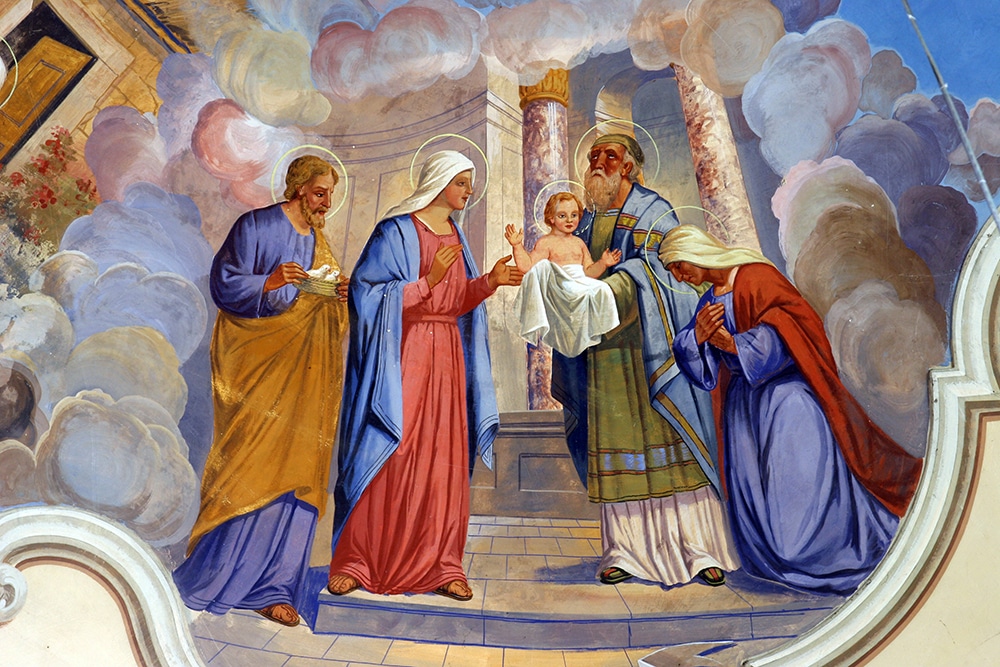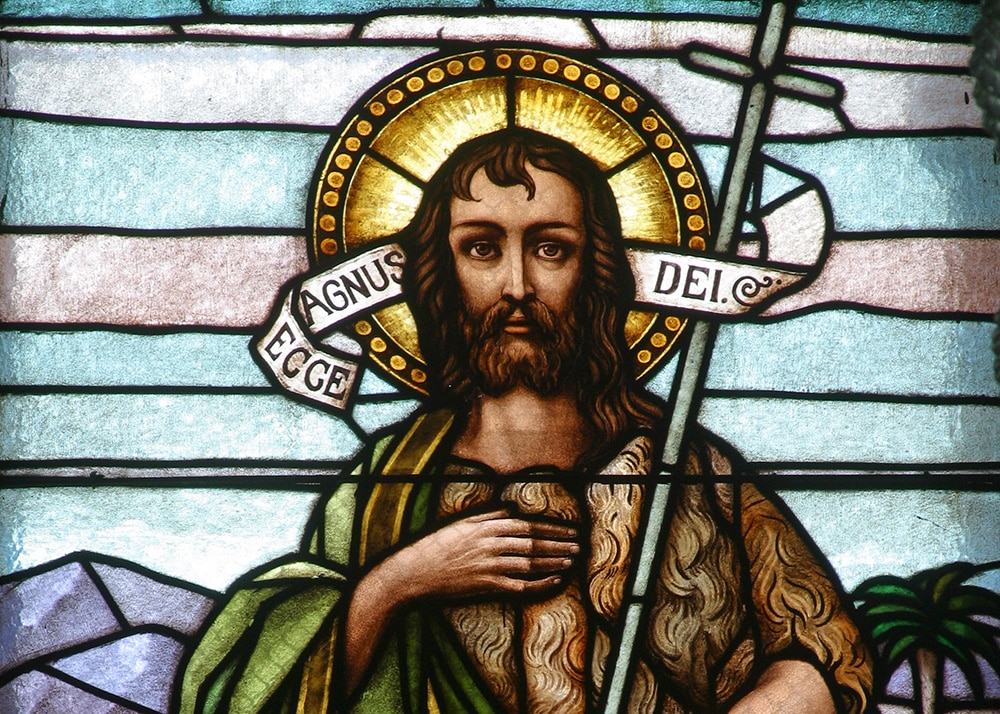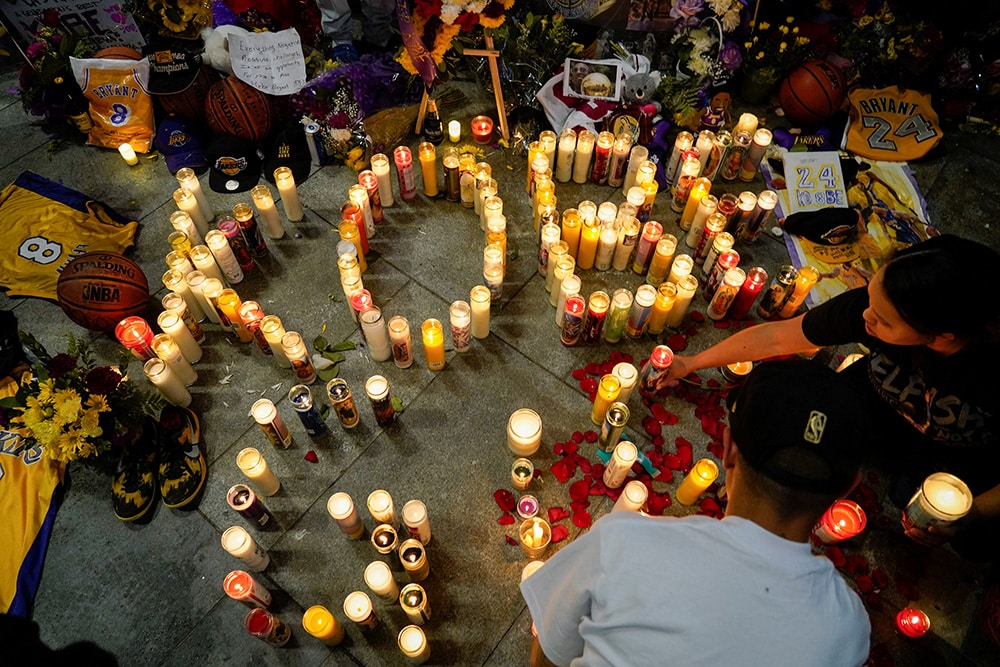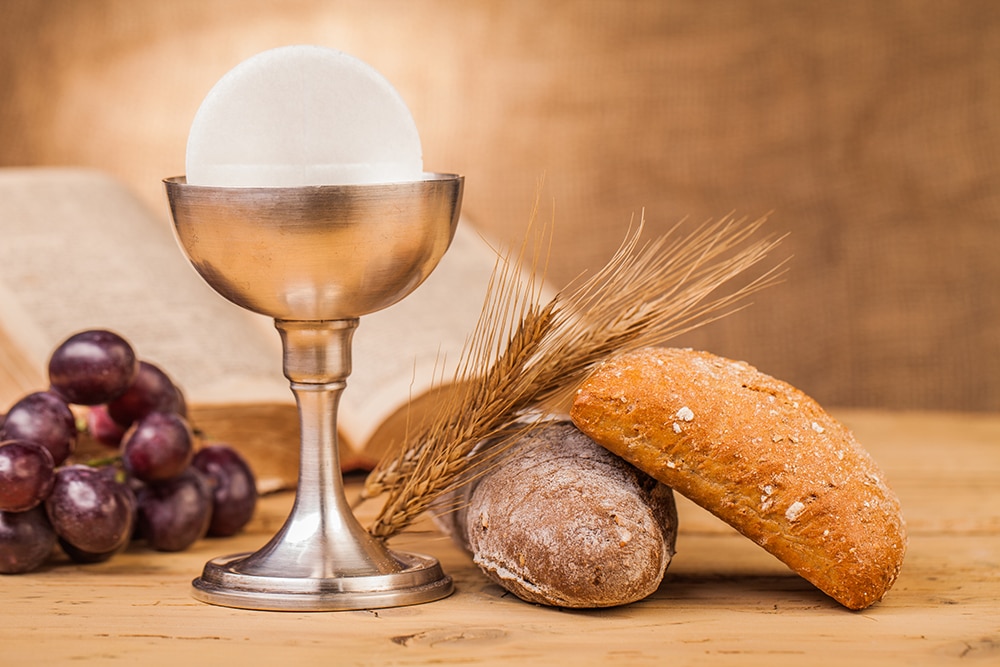 On interstates, it’s normal to encounter billboards that announce to harried motorists, “Jesus saves.” The goal of these billboards is to elicit in drivers an occasion of self-reflection. Am I saved through the blood of Jesus? We’re saved from sin and death through Jesus. If we come to recognize this fact, then we can live in the world in a new way. We’re bound for heaven, rather than hell. What does the world matter, creation matter, now that we have Jesus?
On interstates, it’s normal to encounter billboards that announce to harried motorists, “Jesus saves.” The goal of these billboards is to elicit in drivers an occasion of self-reflection. Am I saved through the blood of Jesus? We’re saved from sin and death through Jesus. If we come to recognize this fact, then we can live in the world in a new way. We’re bound for heaven, rather than hell. What does the world matter, creation matter, now that we have Jesus?
This assumption goes against a fundamental dimension of salvation for Catholics. Salvation is not reducible to rescuing us from a future punishment in hell.
It’s not escaping from the world but a transformation that allows us to be material in the holiest of ways. Salvation is necessarily material.
| February 2, 2020 – Feast of the Presentation of the Lord |
|---|
|
Mal 3:1-4
PS 24:7, 8, 9, 10
Heb 2:14-18
Lk 2:22-40
|
The presentation of Jesus Christ in the Temple underlines the materiality of the enfleshed Word. Jesus is taken to the Temple to be purified, consecrated unto God. He may be the Word made flesh, the splendor of the Father, but this splendor is revealed through his flesh and blood, his participation in the Mosaic covenant, his belonging to his family and the family of Israel.
There, the family meets Simeon. Simeon recognizes the identity of the Christ Child. He knows that he is the salvation of the world. But the Gospel of Luke speaks about the materiality of this encounter. Simeon takes the Christ Child into his arms. He holds the light of the nations, cradling him in his arms.
Simeon’s own fragility, his material contingency, is addressed by Simeon himself. He is old, perhaps even frail. Having seen Christ, he can now die in peace. This material encounter with Jesus is what he has waited for all his life.
Simeon then announces to Mary that her heart will be pierced by a sword. Being a mom or dad is an occasion of material suffering. We welcome children into our home, giving up sleep, food and basic bodily care out of love for our children. And yet, Mary’s suffering will be different. It will be the suffering of losing her son to the proclamation of the kingdom of God, a loss that will eventually lead to the cross.
After Anna encounters Jesus, we hear that Jesus goes to Nazareth with his family, growing in strength and wisdom. Family homes are places of material encounters. Moms and dads hugging kids, caring for them in their sickness, teaching them to perform household tasks. This is the mystery of family life taken up by the Word made flesh.
Jesus saves, therefore, not by abandoning the material world but entering more deeply into it. As Hebrews describes, since we’re flesh and blood, contingent beings who bleed and die, God entered that material condition through the incarnation of the Son. He becomes the high priest who offers back to the Father our materiality, our flesh-and-blood lives, redeeming us in the process.
So, the billboard is right. Jesus saves. But Jesus saves us not from a future punishment alone. Jesus saves us by inviting us to enter more deeply into the materiality of existence.
After all, this is the purpose of the Church. We’re saved not when we recognize that Jesus is our savior. We’re saved when our bodies are plunged into the waters of salvation, when our lips speak the words of holy writ, when we eat and drink Christ’s body and blood, when we adore Christ in the hungry and thirsty bodies of the poor.
Salvation is happily for us material creatures, the most material of all things.
Timothy P. O’Malley, Ph.D., is the director of education at the McGrath Institute for Church Life at the University of Notre Dame.







